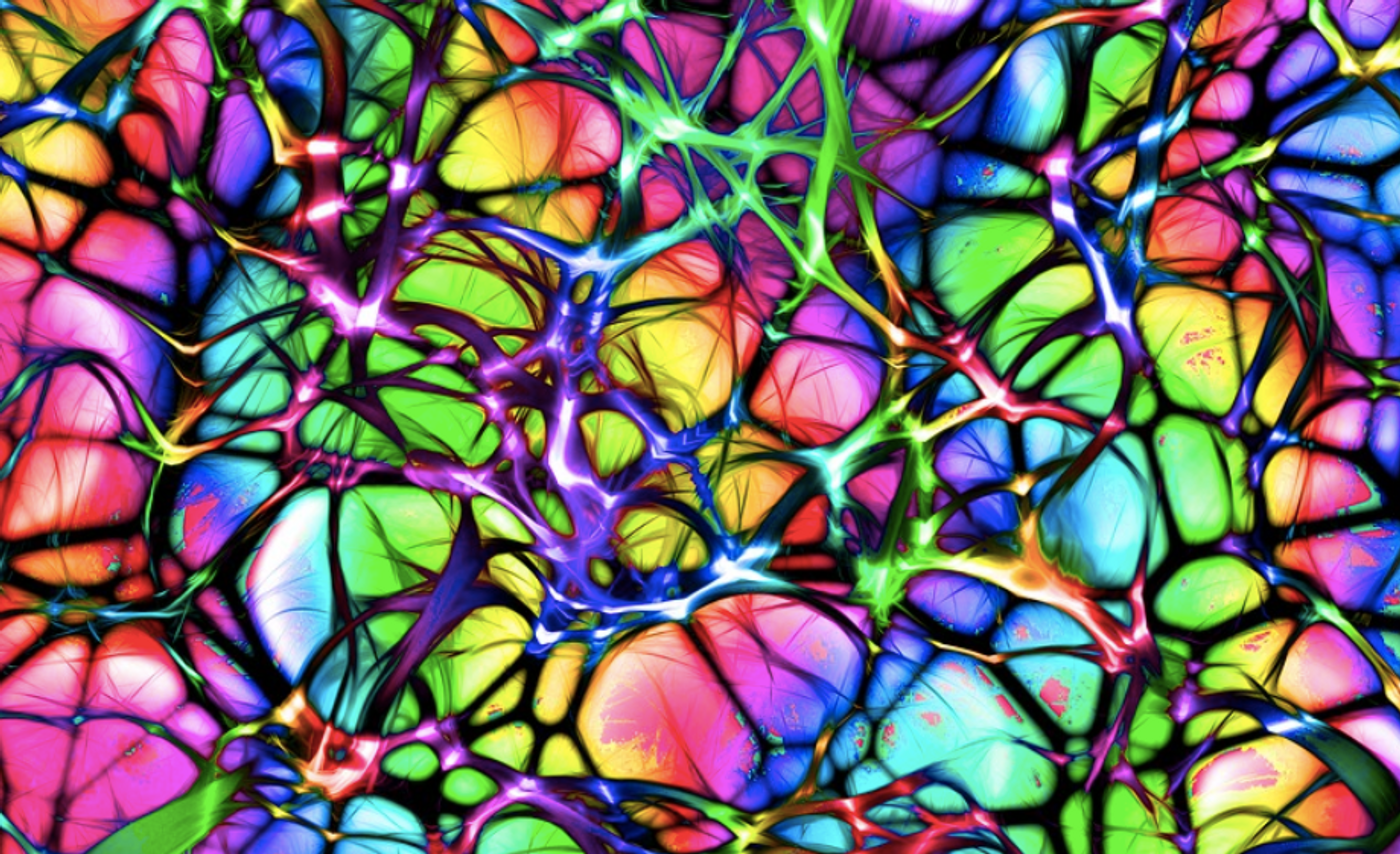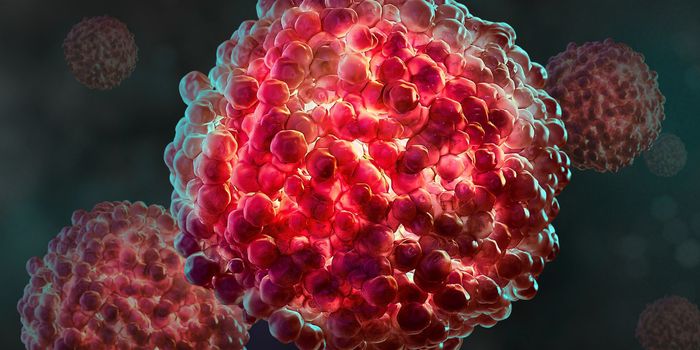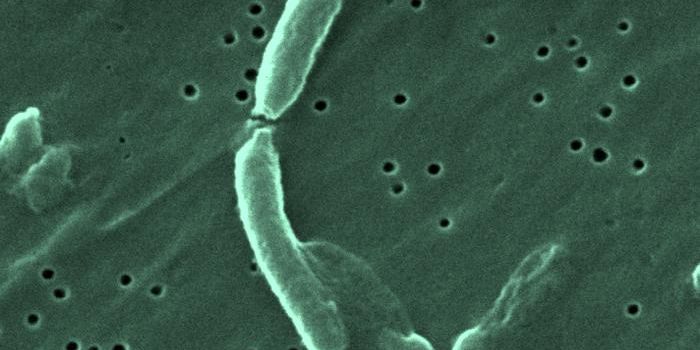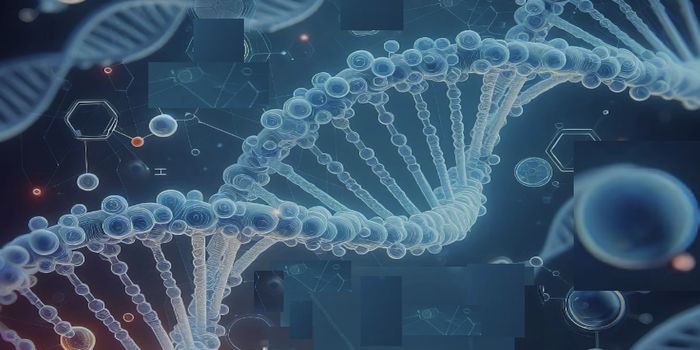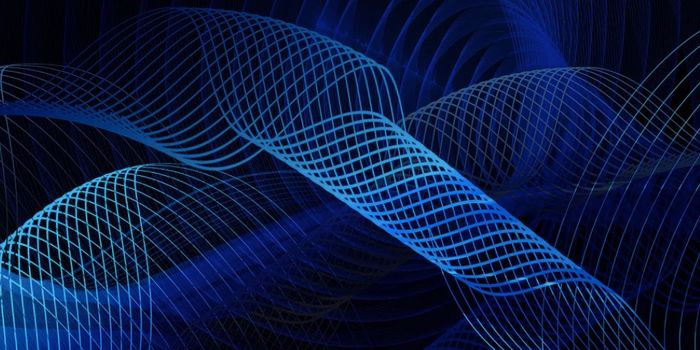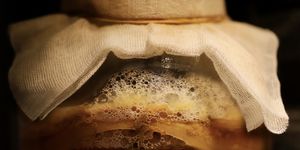For Long-Term Memory Formation, DNA Damage Must Occur
A new study has suggested that two processes that are usually thought of as harmful: DNA damage and inflammation, may actually be processes that are required whenever we form long-term memories. Brain inflammation has been associated with neurodegenerative disorders, but in this study, the investigators determined that neurons in a part of the brain called the hippocampus experience inflammation when long-term memories are created. The work has been reported in Nature.
The hippocampus is known to be linked with memory. In this study, the investigators used a mouse model to show that a cycle of DNA damage and repair is triggered in specific neurons in the hippocampus, leading to the creation of brain cell clusters known as memory assemblies. The mice were exposed to mild, short shocks to generate a memory of the adverse event, and then the researchers analyzed the neurons involved in creating this episodic memory. They found that inflammatory signaling genes in the toll-like receptor 9 (TLR9) pathway had been activated.
The TLR9 pathway is generally known to promote an immune response when foreign DNA is encountered, so the investigators thought the mice in their study had an infection. "But looking more closely, we found to our surprise that TLR9 was activated only in clusters of hippocampal cells that showed DNA damage," said study leader Professor Jelena Radulovic, MD, PhD, Chair in Neuroscience at the Albert Einstein College of Medicine, among other appointments. A talk by Dr. Radulovic is featured in the video below.
Routine brain activity can often cause small amounts of DNA damage that is quickly repaired by cell pathways. But the DNA damage seemed more significant and sustained in the observed hippocampal neurons. DNA fragments and molecules associated with that genetic damage were found to be released from the nuclei of these neurons. These events triggered the TLR9 inflammatory pathway, leading to the formation of DNA repair complexes at a strange place in the cell: the centrosomes.
Centrosomes are organelles that are typically found in the cellular cytoplasm, and help orchestrate cell division. But neurons in the adult brain don't divide that often. Instead, these centrosome appear to be involved in DNA repair cycles in which neurons are then organized into memory assemblies.
As time went on, the neurons in the mouse model changed in different ways, and became resistant to stimuli. "This is noteworthy, because we're constantly flooded by information, and the neurons that encode memories need to preserve the information they've already acquired and not be distracted by new inputs," explained Radulovic.
When the TLR9 inflammatory pathway was blocked in mouse hippocampal neurons, the mice were not able to form long-term memories, and there was a significant amount of DNA damage that was not repaired.
Genomic instability is commonly seen in accelerated aging, cancer, and neurodegenerative disorders, added Radulovic. While some have suggested that TLR9 pathway inhibitors could be a treatment for long COVID, disrupting this pathway may also "pose significant health risks," and caution should be exercised, Radulovic noted.
Sources: Albert Einstein College of Medicine, Nature
